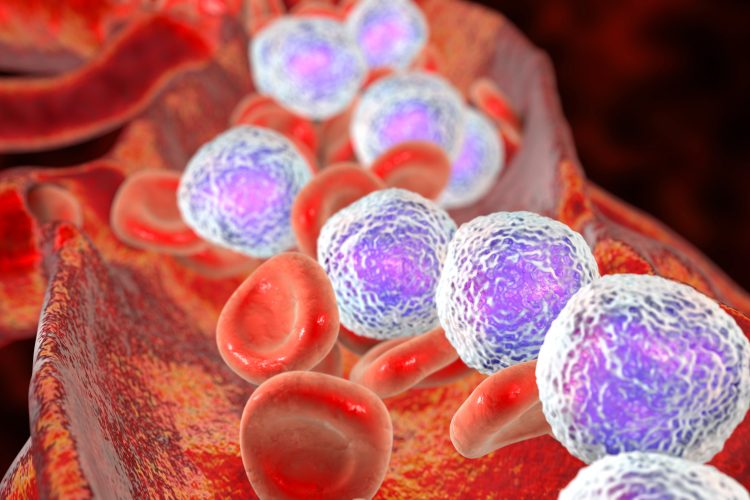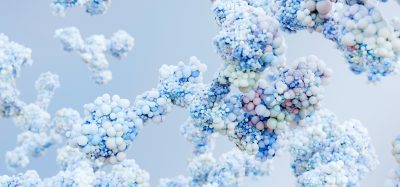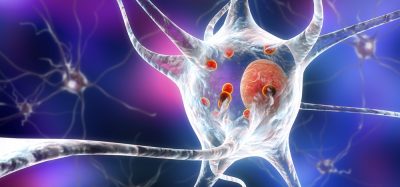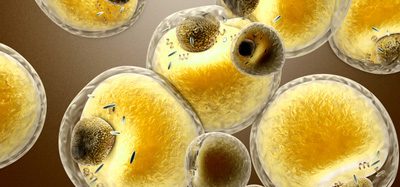The first core regulatory circuit identified for ALCL
Posted: 25 March 2024 | Drug Target Review | No comments yet
New understanding of the CRC and its interaction with STAT3 could lead to novel therapeutics and combination strategies.


Researchers from the St. Jude Children’s Research Hospital and the Dana-Farber Cancer Institute, in a collaborative study, have discovered four proteins that control the identity of anaplastic large cell lymphoma (ALCL). These proteins comprise a core regulatory circuit (CRC) that incorporates a dysregulated signalling protein. By establishing the CRC for this lymphoma, insights have been provided into vulnerabilities that could be future therapeutic targets.
Senior corresponding author Dr Mark Zimmerman, previously of Dana-Farber Cancer Institute and Boston Children’s Hospital, said: “Mutations in signalling pathways have long been known to drive oncogenic transformation and tumour progression…Our new results show a mechanistic link in this aggressive T-cell lymphoma between aberrant signalling pathway activation and the dysregulated gene expression that is a hallmark of these tumour cells.”
ALCL patient tumours and models demonstrated significant dysregulation of a protein called signal transducer and activator of transcription 3 (STAT3), a signalling protein that integrates information from other proteins, acting as a transcription factor.
Biomarkers aren’t just supporting drug discovery – they’re driving it
FREE market report
From smarter trials to faster insights, this report unpacks the science, strategy and real-world impact behind the next generation of precision therapies.
What you’ll unlock:
- How biomarkers are guiding dose selection and early efficacy decisions in complex trials
- Why multi-omics, liquid biopsy and digital tools are redefining the discovery process
- What makes lab data regulatory-ready and why alignment matters from day one
Explore how biomarkers are shaping early drug development
Access the full report – it’s free!
“We have found how dysregulation of the signalling protein STAT3 is central to enforcing ALCL cancer identity,” added co-corresponding author Dr Brian Abraham, St. Jude Department of Computational Biology.
Core regulatory circuit
STAT3 controls multiple genes. Among these, STAT3 increases expression of the protein MYC. Almost every ALCL cell line assessed showed either a mutation in STAT3 or in a protein that signals to STAT3, causing it always to be always “on” and directing gene expression, which promotes continual cell growth through its targets.
STAT3 hijacks BATF3, IRF4 and IKZF1, three transcription factors that comprise the CRC. Although the ALCL cells lacked any cancer-causing mutations, all three were expressed at elevated levels They were also identified as potential vulnerabilities in the DepMap Consortium gene knockout studies. When the scientists lowered the expression of any of these proteins, it significantly reduced cancer cell growth, showing the centrality of the CRC.
“This is the first core regulatory circuit, to our knowledge, identified for ALCL,” Dr Abraham said. Of the two major known molecular ALCL subtypes, anaplastic lymphoma kinase (ALK)-positive has an 80 percent survival rate, while ALK-negative has a 48 percent survival rate. Despite these differences, the researchers found both types relied on the same CRC.
Dr Prutsch explained: “ALCL represents a diverse group of T-cell lymphomas with distinct clinical behaviours…While ALK-positive cases respond well to ALK inhibitors, ALK-negative ALCL is highly aggressive and possesses limited targeted therapy options, highlighting the critical need for new treatment strategies.”
The researchers mapped special complexes of DNA and proteins named super-enhancers to understand the difference between the subtypes and find potential vulnerabilities. These clusters of transcription-regulating elements are known to influence gene expression tightly. In cancers, super-enhancers can play a role in maintaining the cancer’s identity as a malignancy.
The scientists found that super-enhancers that differed among ALCLs converged to highlight the same CRC across ALCL tumours and models. Dr Abraham said: “The core regulatory circuit appears to be common across what have historically been treated as distinct diseases…Regardless of if an ALCL cell is ALK-positive or ALK-negative, it relies on the expression and the positive feedback provided by this circuit to stay ALCL.”
Future therapeutics
Drugs that target the STAT protein family and other proteins that signal through STAT3 already exist, which has great implications for treatment. However, they have seen limited success, especially in ALK-negative disease. Knowledge of the CRC and its interaction with STAT3 may allow for developing novel therapeutics and combination strategies.
First author Dr Nicole Prutsch commented: “Transcription factors and proteins that regulate the oncogenic gene expression programs are emerging as some of the most direct and effective targets for cancer therapy.” She continued: “STAT3 was already a recognised transcriptional activator in ALCL, but our research has identified a core transcriptional regulatory circuit hijacked by STAT3 to drive genes essential for ALCL cell growth.”
Furthermore, the same methods used in the study could provide a path to understanding and searching for vulnerabilities in other malignancies without a clear driver mutation. “Our discovery indicates that exploiting the interconnectedness between signalling and transcriptional dependencies is a rational approach to developing new treatment strategies across a broad range of cancers,” Dr Zimmerman concluded.
This study was published in Cell Reports Medicine.
Related topics
Cancer research, DNA, Oncology, Protein, Protein Expression, Therapeutics
Related conditions
Anaplastic Large Cell Lymphoma (ALCL)
Related organisations
Dana-Farber Cancer Institute, St Jude Children’s Research Hospital








